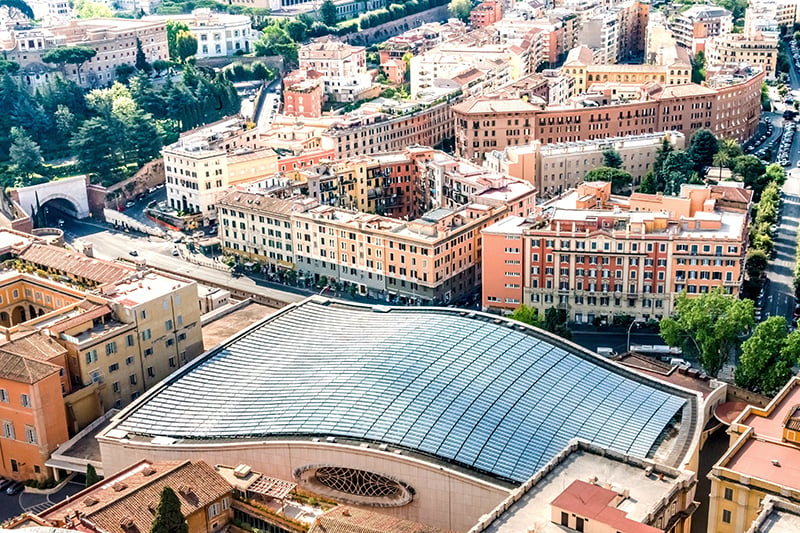Wind capacity GW
| EU capacity 2022 | 16 |
| EU target 2030 | 50 |
| EU target 2050 | 300 |
Your monthly briefing on the journey to fossil freedom

Photo: Adobe Stock
What to know: Europe is unprepared for the challenges that come with climate change, according to the European Environment Agency’s recently published report “European climate risk assessment”. The energy sector is one of the areas that will be affected: “Making our systems more resilient in terms of production and distribution is crucial,” Deliang Chen, climatologist at Gothenburg University tells THE EDIT.
Why it matters: Our future energy demands are set to rise, while climate-related threats, such as more frequent storms, stronger winds, and droughts, pose increasing risks to energy production. What needs to be done to minimise the impacts on nuclear plants, wind farms, solar farms and grids?
Wind power is set to be one of the most important technologies to achieve Europe’s ambitious climate targets. To meet the EU's 2030 targets, an additional 30 GW of wind capacity – onshore and offshore – is required annually. While supply chain issues and significant price surges present challenges to this expansion, there are indeed indications of progress in the right direction.

Over 100,000 people attended Melbourne Global Climate Strike in September 2019. One of the questions raised was that the transformation, of society and the economy required for decarbonisation, is just. Photo: Takver from Australia CC BY-SA 2.0
Many argue that transitioning to sustainable energy must be both just and fair to succeed. But how can we ensure that people feel included and committed to this change when the cost of energy is high and new energy infrastructure affects the environment? Frans Timmermans, chief architect behind the EU’s Green Deal, says that “the transition will be social or it will not be”.
| EU capacity 2022 | 16 |
| EU target 2030 | 50 |
| EU target 2050 | 300 |
By 2022, the EU’s offshore wind capacity reached 16 GW. The union wants to reach a minimum of 60 GW by 2030, and 300 GW by 2050. However, some EU countries are planning to go further. But by how much? To find out, take a look at the data presented in Vattenfall's Annual and Sustainability Report.
![]()

Anna Borg, CEO Vattenfall:
Vattenfall is working for fossil freedom. Learn how in
our Annual and Sustainability Report 2023.
The Netherlands aims for 1.7 million charging points by 2030. To help achieve this, Vattenfall is working with local authorities and provinces with a pallet of smart and innovative charging solutions. Pieter van Ommeren, Director at Vattenfall InCharge, explains what it takes to achieve this target in our Annual and Sustainability Report


AI’s hidden problem
AI's potential appears limitless, but there are issues, too. A recent report suggests the growing use of AI might significantly increase global carbon emissions due to its substantial need for electricity. theverge.com

Rome, the solar city
Italy began piloting solar-self-sufficient neighbourhoods back in 2019, and now Rome will see the launch of its first one. The plan includes installing 5 GW of photovoltaic capacity by 2027, with an additional 7 GW expected by 2030. pveurope.eu

EUphoric electricity report
The latest European Electricity Review by think tank Ember highlights an historic drop in the EU's fossil generation and CO2 emissions. Notably, in 2023, wind power exceeded gas plants in electricity generation for the first time. reuters.com
Can darker screens and pixelated images help combat climate change? Snøhetta, a Norwegian architecture firm known for its environmentally friendly buildings, has drastically simplified its website to reduce energy consumption. This is in sharp contrast to the sector’s typical ambitions to showcase their creations through high-resolution images and captivating drone videos. (snohetta.com)